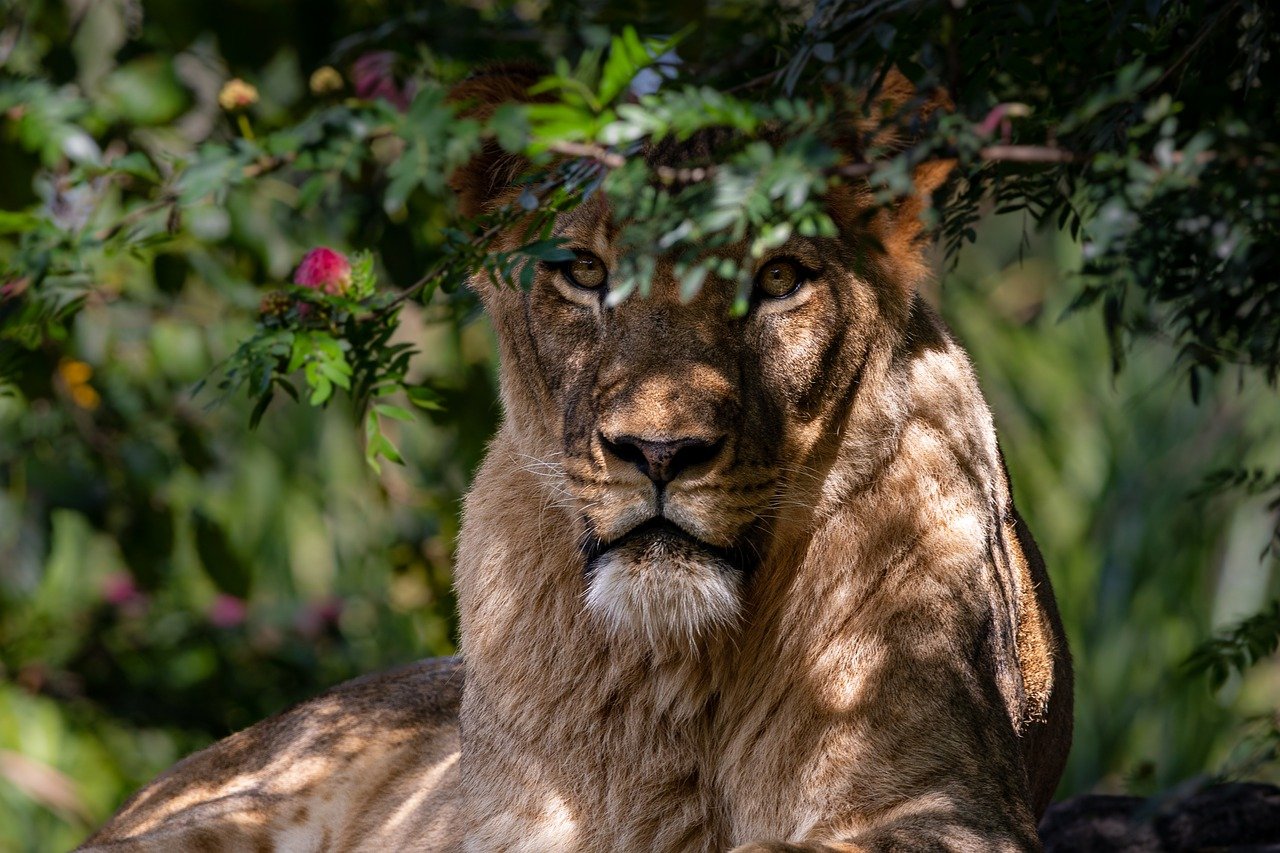Best Insider Tricks to Help Wild Animals Thrive
3 min read
Wild animals are fascinating creatures that captivate the attention of humans. They are an essential part of the ecosystem and play a vital role in maintaining the balance of nature. However, as human civilization expands, the habitats of wild animals are increasingly threatened. To help preserve these species, there are several insider tricks that can be used to aid wild animals. This article discusses some of the best insider tricks that can help wild animals thrive.
Create a Wildlife Habitat in Your Backyard
Creating a wildlife habitat in your backyard is an excellent way to help wild animals. A wildlife habitat provides a sanctuary for animals and a source of food and shelter. You can plant trees, shrubs, and flowers that attract birds, butterflies, and other wildlife. Adding a birdbath, bird feeder, or birdhouse will attract various bird species to your backyard. You can also install a pond or a small water feature that provides water to the animals. These small changes in your backyard can make a big difference in the survival of wild animals.
Use Wildlife-Friendly Products
The products we use in our homes and gardens can have a significant impact on the environment and wildlife. Using wildlife-friendly products such as organic insecticides and fertilizers will reduce the amount of harmful chemicals in the environment. Also, choosing eco-friendly products for cleaning and personal care products can help to minimize the number of pollutants released into the environment. These small changes can make a significant impact on the health of wild animals.
Volunteer at Local Wildlife Rehabilitation Centers
Wildlife rehabilitation centers are non-profit organizations that provide medical care, rehabilitation, and support to injured or orphaned wildlife. Volunteering at these centers is an excellent way to contribute to the welfare of wild animals. Volunteers at these centers can assist in feeding the animals, cleaning cages, and providing medical care. Additionally, some centers organize educational programs to raise awareness about the importance of wildlife conservation.
Support Wildlife Conservation Efforts
Many organizations work tirelessly to conserve wild animals’ habitats and populations worldwide. Supporting these organizations through donations or volunteering can help to preserve the habitats of wild animals. Donations can be used to support research, rehabilitation centers, and conservation programs. Additionally, attending wildlife conservation events and sharing information on social media can help to raise awareness about the importance of wildlife conservation.
Keep Your Distance from Wild Animals
Wild animals are fascinating creatures, but it’s crucial to keep a safe distance from them. Getting too close to wild animals can be dangerous for both the animal and the human. Wild animals are unpredictable and can be territorial or aggressive, especially when they feel threatened. Additionally, feeding wild animals can alter their natural behavior and make them dependent on humans for food. It’s important to observe wild animals from a safe distance and avoid interfering with their natural behavior.
Reduce Light Pollution
Light pollution is a significant problem that affects wild animals. Artificial lights can disrupt the natural behavior of animals and affect their feeding and breeding patterns. It can also confuse animals and cause them to migrate in the wrong direction. Reducing light pollution by using motion-activated lights, installing window treatments, or using low-wattage bulbs can help to minimize its impact on wild animals.
Dispose of Waste Properly
Proper waste disposal is essential to the health and well-being of wild animals. Improperly discarded waste can be harmful to animals, either through ingestion or entanglement. Additionally, waste can pollute waterways and habitats, making it difficult for animals to find clean water and food. Properly disposing of waste, including recycling and composting, can help to minimize its impact on wild animals.
Conclusion
Wild animals are several insider tricks that can be used to aid wild animals. Creating a wildlife habitat in your backyard, using wildlife-friendly products, volunteering at local wildlife rehabilitation centers, supporting wildlife conservation efforts, keeping a safe distance from wild animals, reducing light pollution, and disposing of waste properly are all excellent ways to help wild animals thrive. By implementing these simple changes, we can contribute to the conservation of wild animals and preserve the delicate balance of the ecosystem. Remember, every action counts, and even the smallest change can make a significant impact on the welfare of wild animals.






